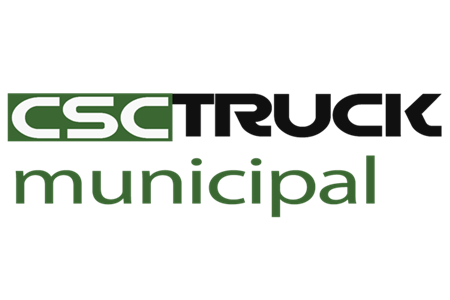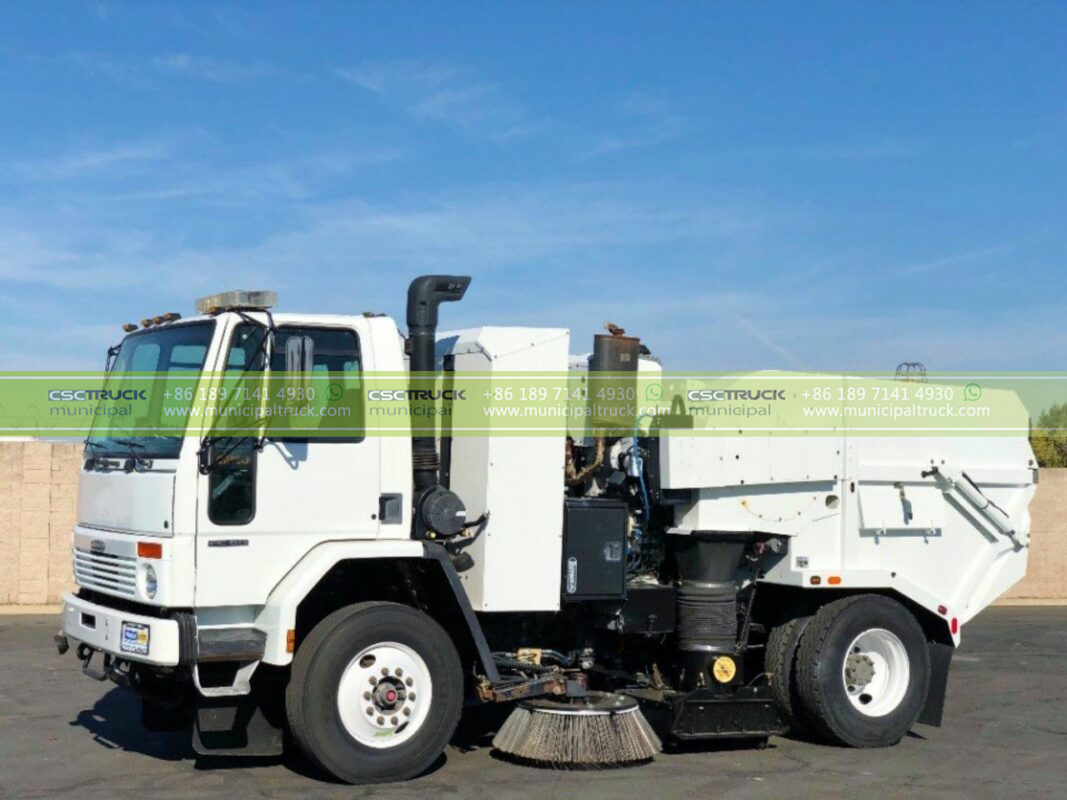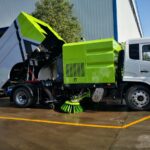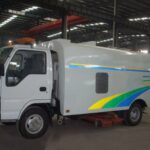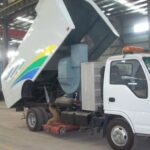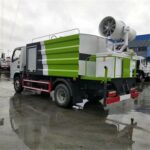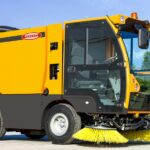In a strategic response to escalating water scarcity challenges, the City of Phoenix has formally commissioned a fleet of revolutionary waterless sweeper trucks supplied by global municipal equipment innovator CSCTRUCK Municipal in partnership with Arizona EcoServices, a leading regional environmental management firm. This transformative deployment, finalized on October 14, 2025, directly addresses the dual imperative of maintaining stringent urban air quality standards and achieving critical water conservation targets within one of North America’s most arid metropolitan regions. The specialized mechanical sweepers, engineered explicitly for the unique demands of desert environments, eliminate the traditional reliance on thousands of gallons of potable water per vehicle daily required for dust suppression during conventional street cleaning operations, thereby conserving vital hydrological resources while ensuring effective capture of hazardous airborne particulates like PM10 dust that degrade public health and contribute to regional haze phenomena exacerbated by prolonged drought cycles and expanding urban infrastructure.
Engineering Innovation: The Core Technology Enabling Zero-Water Performance
The CSCTRUCK waterless sweepers represent a significant departure from traditional street cleaning paradigms, integrating a sophisticated multi-stage debris management system designed to operate efficiently without a single drop of water, making them uniquely suited to Phoenix’s climate where evaporation rates render water-based dust control exceptionally wasteful and often ineffective. These vehicles leverage advanced mechanical and aerodynamic principles to achieve superior particulate capture while navigating the city’s diverse terrain, from wide arterial boulevards to congested downtown cores and burgeoning suburban developments encroaching upon fragile desert landscapes.
- High-Efficiency Cyclonic Filtration: At the heart of the system lies a multi-chamber cyclonic separator generating powerful vortex currents that forcibly separate fine dust particles from the intake airstream; this technology captures sub-50-micron particulates – the primary constituents of health-impacting haze – with over 95% efficiency, depositing them into sealed hoppers without water binding agents, relying solely on induced airflow dynamics perfected through computational fluid dynamics modeling.
- Mechanical Agitation and Containment: Robust, abrasion-resistant main broom assemblies and precision-engineered side duct systems work synergistically to dislodge and lift debris ranging from coarse sand and gravel to fine silt directly from pavement surfaces into the filtration pathway; this process negates the need for water to “float” particulates towards collection points, instead utilizing optimized brush angles and vacuum pressures calibrated for varying debris loads encountered across municipal zones.
- Self-Contained Dust Suppression: Recognizing that dry sweeping can potentially generate localized dust plumes, the units incorporate a closed-loop electrostatic precipitation module immediately downstream of the primary collection zone; this subsystem imparts a negative charge to any residual fugitive dust escaping initial capture, causing particles to adhere to positively charged collector plates within a sealed chamber, ensuring near-zero particulate emissions during operation even under gusty desert wind conditions where traditional methods fail.
- Adaptive Intelligence Systems: Onboard AI-driven sensor arrays continuously monitor debris load, surface texture, and ambient humidity, dynamically adjusting broom downforce, suction power, and filtration parameters in real-time; this maximizes collection efficiency while minimizing energy consumption and component wear, particularly crucial during extreme summer temperatures exceeding 110°F (43°C) which strain conventional hydraulic systems still employed by older water-dependent sweepers.
Strategic Environmental and Operational Impact for Desert Metropolis
The deployment of this waterless fleet transcends mere equipment replacement, embodying Phoenix’s integrated sustainable infrastructure strategy aligning municipal service delivery with the stark realities of climate change-induced aridification affecting the broader Colorado River Basin. Each unit replaces conventional sweepers consuming approximately 1,500 gallons of water per operational shift – collectively saving an estimated 65 million gallons annually across the full fleet deployment – representing a direct contribution to the city’s mandate to reduce municipal water consumption by 35% before 2030 under the Arizona Drought Contingency Plan. This conservation achievement provides tangible fiscal relief by lowering water procurement costs and reducing strain on overtaxed treatment and distribution infrastructure servicing a growing population. Crucially, the enhanced ability to conduct frequent sweeping operations even during Stage 3 water restrictions – periods when traditional sweepers face operational curtailments – ensures consistent mitigation of desert dust accumulation on roadways, a critical factor in reducing resuspended particulate matter contributing to Phoenix’s persistent non-attainment status for federal PM10 standards.
Furthermore, the partnership framework between CSCTRUCK Municipal and Arizona EcoServices establishes a vital regional technology transfer conduit, fostering local expertise in next-generation environmental vehicle maintenance through dedicated training academies established in Mesa and Glendale. This collaboration enhances local workforce capabilities in servicing sophisticated electro-mechanical systems, creating high-value technical jobs while ensuring fleet uptime exceeds 92% despite harsh operating environments. The operational data generated by these smart road sweeper truck deployments will also inform predictive dust management models being co-developed with Arizona State University’s Global Drylands Center, potentially transforming urban dust mitigation strategies across arid regions worldwide facing similar hydro-climatic pressures. By demonstrating the viability and efficacy of waterless sweeping technology at scale, Phoenix positions itself as a pioneer in climate-adaptive municipal services, showcasing a replicable model for sustainable urban management where every conserved gallon of water becomes an increasingly precious commodity safeguarding community resilience.
